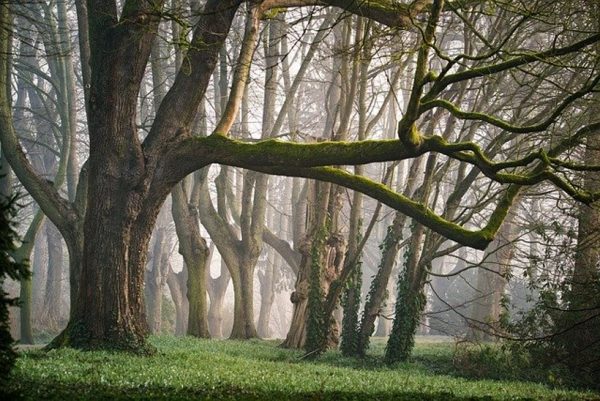
Forest bathing Shinrin yoku
Mother earth is amazing and it’s beauty is soothing especially when you enter a forest, fresh scent of trees, sunlight peeking through the trees gives us comfort. Spending time in forest gives a feeling of fulfillment and, relaxes mind and body.
Thomas Jefferson once said “I never knew the full value of trees. Under them I breakfast, dine, write, read and receive my company”.
Shinrin yoku = “taking in the forest atmosphere” or forest bathing
Plants have always been part of our lives, without plants we cannot breathe and without plants we cannot have peace. Forest breathing is a divine technique that is used by Japanese for mindfulness and as a preventive medicine. In Japanese language Forest bathing is called Shinrin yoku . It was first developed in Japan in 1980 and has become a part of preventive medicine in Japan. Spending time under canopy of forest helps in different ways and all ways are positive. When we stressed out we face health issues. The magic of forest bathing helps us to recover from day to day stress life.
Phytoncides are pheromones type of allelochemical substances produced by plants and trees (Phyton = plant, cide =exterminate). These substances help plants to survive by keeping away insects and other pests. When we take a walk in forest and in between plants, we expose ourselves to these phytoncides. Phytoncides helps us to lower blood pressure, recover from stress and boosts immune system. Those plants that have phytoncides are always around us and we need to take time to introduce ourselves.
Plants like pine, sandalwood, tulsi, oak, basil, mango, cashew, onion, garlic, fruit trees and shrubs produce phytoncides.
When we walk in the forest and become one among the nature – the green scenery, soothing stream sounds, forest aroma and flowers brings peace to mind. We will become part of the calm nature. This helps mind and body to rejuvenate and feels refreshed. This is called forest therapy and forest bathing.
What happens when we walk in the nature and what is the benefit of shinrin yoku?
Research studies conducted on people who live in city and urban areas showed that exposing life to forest settings decreases cortisol level, lowers blood pressure, decreases anxiety and activity of sympathetic nerves with fight or flight reactions to different types of stress. Forest bathing also helps to control blood sugar level. When we walk in the forest, we try to connect ourselves to nature that does not ask favor from you. The benefit of walking in a quite environment helps to reduce sugar level. It brings changes in hormonal secretion and nervous system function associated with sugar metabolism.
Reduces body pain- Researchers at John Hopkins University School of Medicine studied the effect of nature and sounds on pain perception in clinical trial. The group that was exposed to nature scenery and sounds during biopsy felt safe and tolerated the pain during bone marrow biopsy! Rest of the two groups who were exposed to city scenery and sounds and, standard medical setting respectively, felt pain.
Anti-cancer activity -Studies also show that, forest environment enhances human natural killer cell activity (NK), the number of NK cells, intracellular anti-cancer proteins in lymphocytes. It means forest bathing reduces our chance of getting cancer tumors!
Improved concentration -Research also showed that, spending time outdoor in greenery helps to reduce ADHD in children. It improves concentration.
Improved sleep – another benefit of forest bathing. When our system feels relaxed and tension free we go to sleep in a peaceful mind.
Improved mood – Spending time in forest and with plants helps to improve moods. As they say plants does not talk back, plants only give love and life to humans.
To experience the benefit of forest bathing one should make it a part of regular practice. This gives us clarity in our goals, increases energy flow, increases capacity to communicate with nature and other species, increases mindfulness and brings overall happiness.
References:
- https://www.ncbi.nlm.nih.gov/pubmed/20074458
- http://forest-therapy.net/healthbenefits.html
- http://www.shinrin-yoku.org
Image credit: Image by Evgeni Tcherkasski from Pixabay (Free for commercial use)
Author: Sumana Rao | Posted on: April 23, 2020
« Practice dolphin plank to achieve fit body Significance of Tibetan Singing Bowls »






















Write a comment